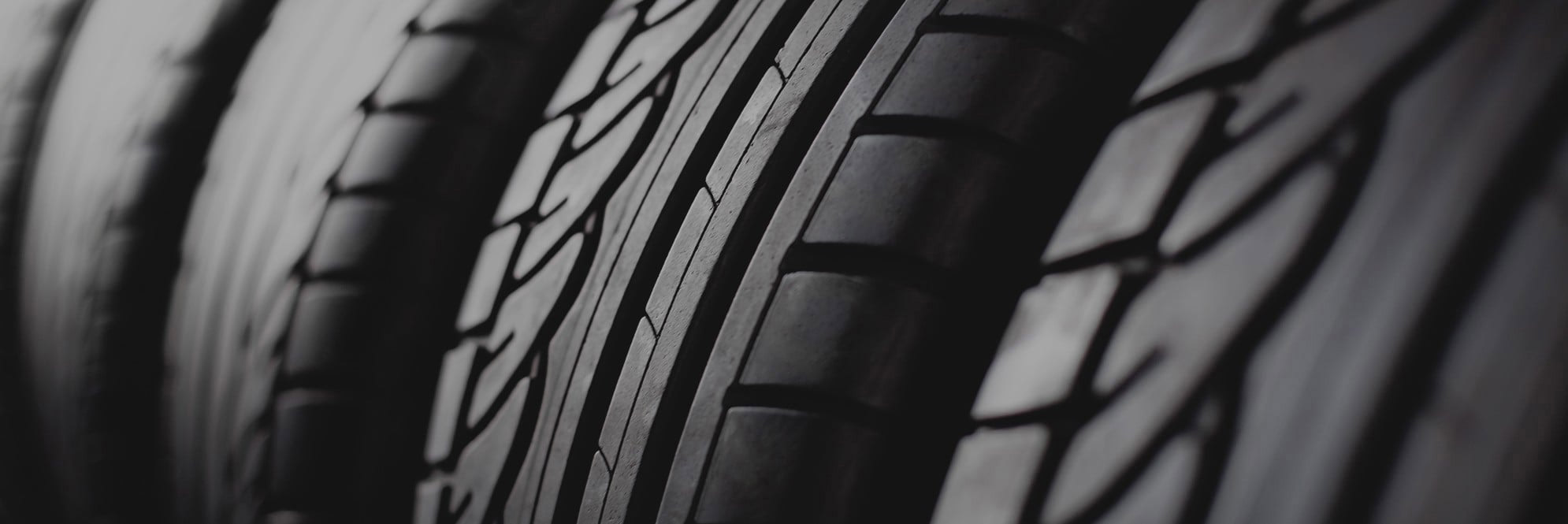v shaped rubber seal
The Versatility and Utility of V-Shaped Rubber Seals
Rubber seals play a crucial role in various industries, providing essential functions in sealing, preventing leaks, and maintaining pressure in different applications. Among the varied types of rubber seals available in the market, the V-shaped rubber seal stands out for its unique design and wide range of uses. This article delves into the characteristics, applications, and benefits of V-shaped rubber seals.
Characteristics of V-Shaped Rubber Seals
V-shaped rubber seals, often referred to as V-rings or V-channel seals, are designed with a distinct V profile that allows them to compress effectively against surfaces. This configuration provides superior flexibility and adaptability, making it suitable for environments where traditional flat seals may fail. Typically crafted from durable rubber materials such as silicone, neoprene, or EPDM, V-shaped seals can withstand varying temperatures, chemicals, and environmental conditions.
Applications of V-Shaped Rubber Seals
The versatility of V-shaped rubber seals enables their use in a wide variety of fields, including automotive, aerospace, manufacturing, and construction. Here are some specific applications
1. Automotive Industry V-shaped rubber seals are commonly used in vehicles, specifically in sealing engines and transmission housings. They prevent oil leaks and protect sensitive components from dust and moisture, contributing significantly to the longevity and performance of vehicles.
2. Industrial Machinery In manufacturing processes, V-shaped seals are vital for providing a tight seal between moving parts and preventing contaminations from entering critical areas. This is particularly crucial in machinery that operates under high pressure or in dirty environments.
3. Aerospace The aerospace sector utilizes V-shaped seals in aircraft components to ensure airtight and leak-proof operations. Such seals are essential in fuel systems and hydraulic systems, where even a minor leak can lead to significant complications.
v shaped rubber seal

4. Construction V-shaped rubber seals are also used in construction, especially in window and door fittings. They ensure that air and water do not penetrate through joints, thereby improving energy efficiency and comfort in buildings.
5. Food and Beverage In the food processing industry, V-shaped seals are especially important as they must meet strict hygiene standards. Their design prevents contamination by minimizing crevices where dirt and bacteria can accumulate.
Benefits of V-Shaped Rubber Seals
The design of V-shaped rubber seals confers numerous benefits that enhance their functionality. One of the key advantages is their adaptability. The V shape allows for considerable compression, which helps in maintaining an effective seal even under varying pressure conditions. This adaptability is crucial in dynamic applications where components experience significant movement.
Additionally, V-shaped seals are relatively easy to install. They can be integrated into systems with minimal modifications, leading to reduced assembly times and costs. Their robust materials also exhibit excellent resistance to UV light, ozone, and other environmental factors, making them a reliable choice for outdoor applications.
Another significant benefit is their cost-effectiveness. V-shaped rubber seals typically require less maintenance compared to other sealing solutions; thus, they result in lower long-term operational costs. Their durability translates to extended service life, further enhancing their value across applications.
Conclusion
V-shaped rubber seals are indispensable components in a myriad of industries, offering a combination of versatility, durability, and efficiency. With their unique design, they effectively seal joints and prevent leaks in various environments, contributing to the overall efficacy of machinery, vehicles, and structures. As industries continue to evolve and demand innovative solutions, the role of V-shaped rubber seals will undoubtedly remain significant, acting as unsung heroes in the prevention of leaks and contaminants across numerous applications. Their resilience, alongside their practical applications, marks them as a vital resource in both existing and emerging technologies.
-
Under Door Draught Stopper: Essential ProtectionNewsJul.31,2025
-
Garage Door Seal and Weatherstrips for ProtectionNewsJul.31,2025
-
Edge Banding Tape for Perfect EdgesNewsJul.31,2025
-
Table Corner Guards and Wall Corner ProtectorsNewsJul.31,2025
-
Stair Nose Edging Trim and Tile Stair SolutionsNewsJul.31,2025
-
Truck Bed Rubber Mats for Pickup BedsNewsJul.31,2025
-
Window Weather Stripping for Noise ReductionNewsJul.29,2025